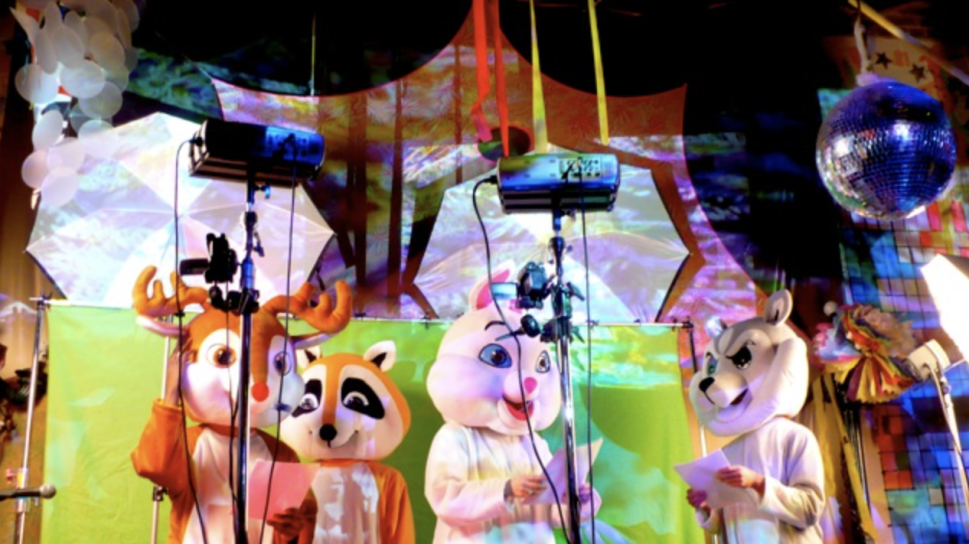The power of contemporary performance lies in its extraordinary ability to morph traditional art forms, creating unique, sensory experiences that intertwine the visual and the performative. This intersection of visual art and performance in contemporary art offers an exploration of space, movement, and time, while redefining our perception of artistic expression.
This fusion of visual art and performance has deep roots in avant-garde art movements of the 20th century. Artists began challenging the confines of traditional art, embracing movements like Dadaism, Futurism, and Surrealism. As a result, performance became a canvas for ideas, a platform for the exploration of the absurd, the profound, and everything in between.
Fluxus, a pivotal art movement in the 1960s and 70s, brought together artists, composers, designers, and poets whose performances centered around ‘the artistic process’ rather than a definitive end product. The happenings, as these performances were called, blurred the line between life and art, often inviting audience interaction and creating a new breed of immersive art experiences.
This synergy of visual art and live art evolved into what we now refer to as ‘contemporary performance. Unlike traditional theatre, which relies on a script, contemporary performance is typically live, often includes the artist, and leans towards being experimental and non-narrative.
A central element in this marriage of visual and performance is the body of the performer. Artists like Senga Nengudi, My Barbarian, Big Art Group, Trajal Harrell, Susanne Kennedy, Miet Warlop, Jaamil Olawale Kosoko, and Heather Cassils have used their bodies as mediums to convey powerful messages about identity, society, and humanity. Their works are not just viewed; they’re experienced, creating a profound, visceral engagement between the audience and the art.
Moreover, contemporary artists are increasingly leaning towards interdisciplinary art performances that merge visual art with dance, music, and technology. These performances create immersive environments where the visual elements are not merely backgrounds but are integral parts of the performances. Such interactive art performances play with the audience’s perceptions and invite them to experience art in dynamic, often interactive ways.
As we continue to push the boundaries of innovative art forms, the intersection of visual art and performance becomes an increasingly thrilling space. It allows for a diverse range of expression and communication that mirrors the artists themselves.
Whether it’s a performance happening in a gallery space, a dance amidst an installation, or a public art piece that passersby contribute to, the fusion of visual art and performance breaks the conventions of traditional theatre and fine art. It invites us to reconsider our notions of art, prompting us to transition from being passive observers to active participants in the artistic process.
In essence, the intersection of visual art and performance is not merely about combining different art forms. It’s about forging a dialogue between the artist and the audience, the performer and the environment, the visual and the experiential. It’s about exploring new ways of perceiving, experiencing, and understanding art, making it a fascinating topic in art theory.

